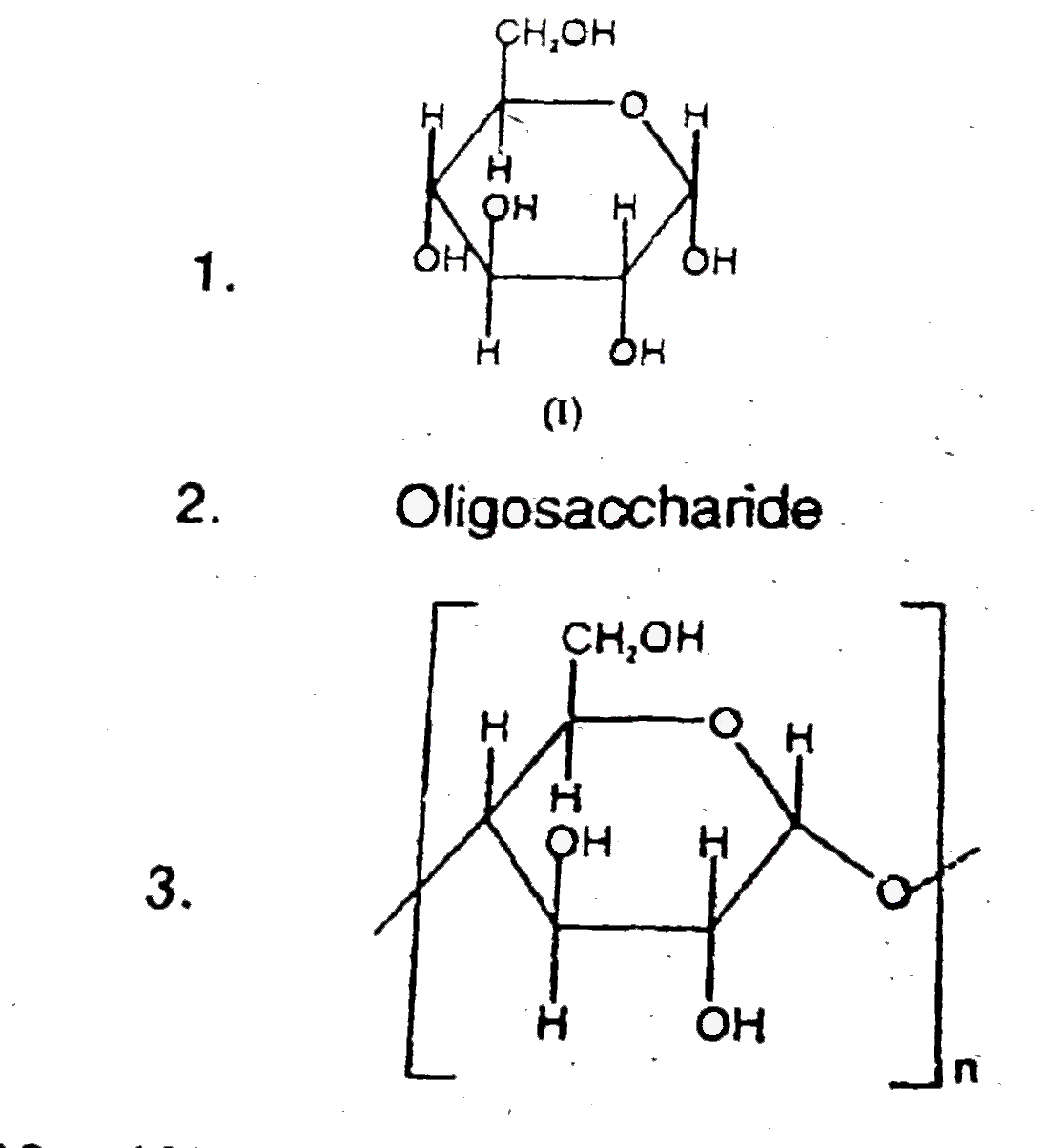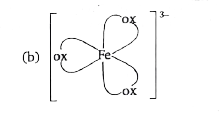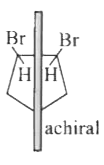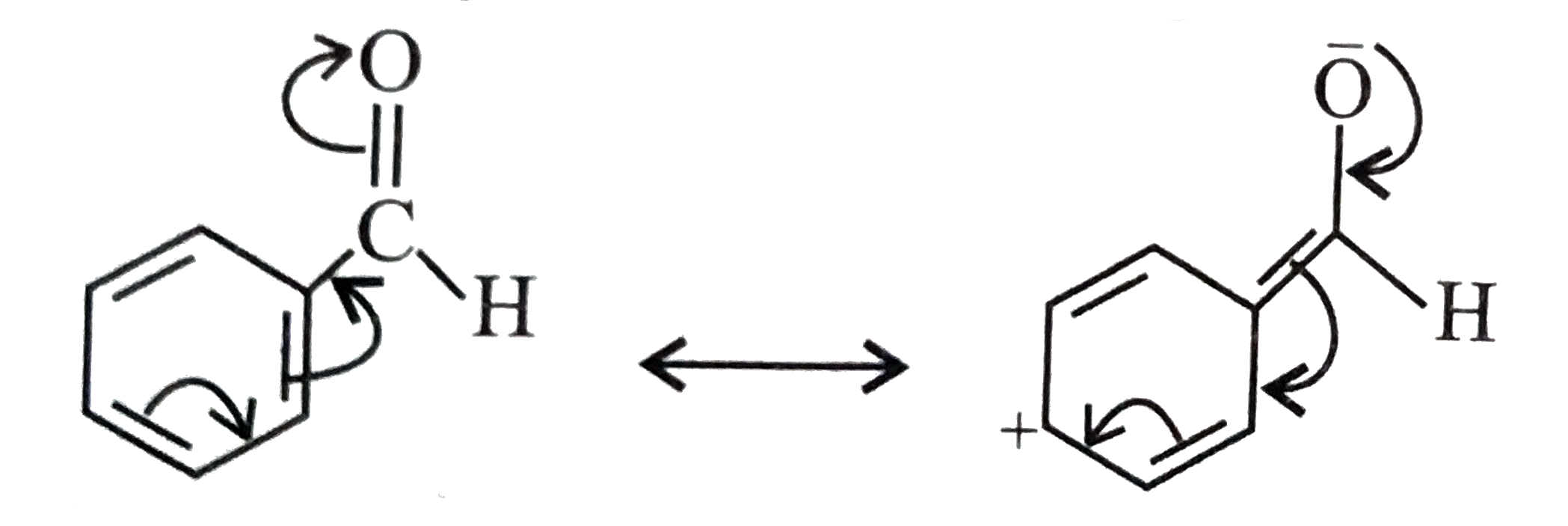InterviewSolution
This section includes InterviewSolutions, each offering curated multiple-choice questions to sharpen your knowledge and support exam preparation. Choose a topic below to get started.
| 10001. |
Which alkyne will give 3-Ethyl heptane on catalytic hydrogenation. |
|
Answer»
|
|
| 10002. |
Which statement is/are correct ? |
|
Answer» `C_(2)H_(5)Br` reacts with alcoholicKOH to form` C_(2)H_(5)OH` |
|
| 10003. |
which of the followingstatementis truefor theelectrochemical daniellcell |
|
Answer» electronsflowfromcopperelectrode tozincelectrode `ZN+Cu^(2+) rarr Zn^(2+) +Cu` At cathode `Cu^(2+) rarr Zn^(2+) +cu` At anode `Zn rarr Zn^(2+) +2e^(-)` Electrons moves from anode (Zn) to cathode(Cu) andelectricity flowsfrom Cu to Zn herecation move toward cathode copper electrode |
|
| 10004. |
When chlorobenzene is treated with NH_3 in presence of Cu_2O in xylene at 570K, the product obtained is : |
|
Answer» Benzylamine |
|
| 10005. |
Which of the following gas will have highest rate of diffusion |
|
Answer» `NH_(3)` m.wt. of `CO-(2)=44, m.wt.` of `O_(2)=32` because `NH_(3)`is lightest gas out of these gases `[ r PROP (1)/(sqrt("MOLECULAR WEIGHT"))]` |
|
| 10007. |
Which has maximum paramagnetic nature? |
|
Answer» `[CU(H_(2)O)_(4)]^(2+)` |
|
| 10008. |
What is true about compound (I) |
|
Answer» It has an acetal structure 
|
|
| 10009. |
What is 'Glycerose'? How is it prepared from glycerol? |
| Answer» Solution :OXIDATION of glycerol with `Br_(2)//H_(2)O` (or) NAOBR (or) Fenton reagent `(FeSO_(4) + H_(2)O_(2))` gives a mixture of glyceraldehyde and dihydroxy acetone (This method is named as glycerose). | |
| 10010. |
Which of the following industrial chemicals is produced in the greatest amount annually ? |
|
Answer» `HNO_(3)` |
|
| 10011. |
Which of the following molecules has axis of symmetry and a coaxial plane of symmetry |
|
Answer»

|
|
| 10012. |
Which of the followingg statement(s) is/are false? |
|
Answer» In `[PtCl_(2)(NH_(3))_(4)]^(2+)` complex ion, the cis-form is optically active, while trans-form is optically inactive (b)  `implies`Due to asymmetrical configuration, it exhibits optical isomerism. (c)  `implies`Due to PLANE of symmetry does not EXHIBIT optical isomerism, but exhibits geometrical isomerism. (d)  `implies`Tetrahedral complex, asymmetric configuration, hence exhibits optical isomerism. |
|
| 10013. |
What is unit cell ? |
| Answer» Solution :The smallest CHARACTERISTIC repeating PORTION of the ciystal lattice is CALLED uit CELL. | |
| 10014. |
Water is a non-electrolyte but conducts electricity on dissolving a small amount of : |
|
Answer» `O_2` |
|
| 10015. |
Treatment of propionaldehyde with dil NaOH gives : |
|
Answer» `CH_3CH_2COOH_2CH_2CH_3` |
|
| 10016. |
Upon mixing 45.0 mL of 0.25 M lead nitrate solution with 25.0 mL of 0.10 M chromic sulphate solution, precipitation of lead sulphate takes place. How many moles of lead sulphate are formed? Also calculate the molar concentrations of species left behind in the final solution. Assume that lead sulphate is completely insoluble. |
|
Answer» SOLUTION :Apply the concept of limiting reagent `PbSO_4 = 0.0075` mole `[PB^(2+)] = 0.05357 M, [NO_3] = 0.3214M` `[Cr^(3+)] = 0.0714M` |
|
| 10017. |
Which of the following statenments are correct for cis- 1,2-dibromocyclopentane? |
|
Answer» It CONTAINS TWO chiral centers, but is OPTICALLY inactive. 
|
|
| 10018. |
The segment of a DNA molecule which codes for a specific protein is called : |
|
Answer» GENETIC code |
|
| 10020. |
The temperature at which real gases obey the ideal gas laws over a wide range of pressure is called : |
|
Answer» CRITICAL temperature |
|
| 10021. |
Which substance is added during vulcanization to increase the rate of vulcanization process ? |
| Answer» SOLUTION :Zno | |
| 10024. |
Which one of the following can penetrate through dense fog? |
| Answer» SOLUTION :`Kr` | |
| 10025. |
Thomas slag is: |
|
Answer» CALCIUM silicate |
|
| 10026. |
Two solutions A and B have same mole fractions of the solute. If 1 dm^(3) of A is mixed with 2 dm^(3) of B, the mole fraction of the solute in the mixture would |
|
Answer» decrease |
|
| 10027. |
Which of the following acid possesses Zwitter ion ? |
| Answer» Solution :Sulphanilic acid | |
| 10028. |
Which of the following is formed when oxalic acid is dehydrated by conc. H_2SO_4? |
| Answer» Answer :A | |
| 10029. |
Which of the following on reaction with acetylene (Ch-=CH) produce gas(es) ? |
|
Answer» `(I), (II)`, and `(III)`  II. `HC -= CH + OVERSET(o-)(N)H_(2) rarr HC -= C^(o-) + NH_(3) ("Gas")` III.`HC -= CH + overset(o-)(C)H_(3) rarr HC -= C^(o-) + CH_(4) ("Gas")` IV. `HC -= CH + overset(o-)(O)H rarr HC -= C^(o-) + H_(2)O ("LIQUID")` |
|
| 10030. |
What are the factors affecting adsorption? |
|
Answer» Solution :The magnitude of gaseous adsorption depends upon the following factors: (i) Temperature (ii) PRESSURE (iii) Nature of the GAS and (IV) Nature of the adsorbent. |
|
| 10031. |
(X)+K_2CO_3 +Air (Y) overset(H^+)to(Z) Purple : Which of the following is correct ? |
|
Answer» X=BLACK , `MnO_2`, Y=Blue , `K_2CrO_4` , Z=`KMnO_4` |
|
| 10032. |
Which of the following is peroxide ion? |
|
Answer» `O_(2^(-))` |
|
| 10033. |
When para-bromotole istreated withNaNH_(2) in etherthe bromineis lost andmixture of paraandmeta CH_(3)C_(6)H_(4)NH_(2) product is obtained. What is kind of intermediate wouldaccount for this ? |
|
Answer» ACHARGE delocalised anion formed bynucleophilic addition of`NH_(2)^(ө)` to thebenzene ring . |
|
| 10034. |
Watergas is a mixtureof |
|
Answer» `CO_(2)` and `H_(2)O` |
|
| 10035. |
What is meant by chemisorption? |
| Answer» SOLUTION :When the FORCES of ATTRACTION between adsorbate particles and adsorbent are almost of the same STRENGTH as CHEMICAL bonds, the adsorption is called chemical adsorption or chemisorption. | |
| 10036. |
What is pH1 M CH_(3)COOHsolution ? To what volumemust onelitre of this solution be diluted so that the pH of resultingso that the pH of resultingsolution will betwicethe orignalvalue . Given :K_(a) = 1.8 xx10^(-5) |
|
Answer» Solution :`{:(""H_(3)C COOH" "H_(2)O" "hArr" " H_(3)C COO^(-)" +"H_(3)O^(+)),("Initial1M00"),(""-xM""xM""xM),("Final "bar(""(1-x)M""x""x"")):}` `K_(a) = (x^(2))/(1-x)approx(x^(2))/1 :. x = sqrt(K_(a)) = 4.2xx10^(-3) = [ H_(3)O^(+)] ` `PH = - log [H_(3)O^(+)] = - log { 4.2 xx10^(-3)} = 3 - 4.2 = 2.37 ` Now , let 1 L M AcOH solutionbe diluted to V to doublethepH and the conc. of dilutedsolution be C. New`pH = 2 XX OldpH = 2 xx 2.37 = 4.74 ` ` pH = - log [H_(3)O^(+)] = 4.74` `pH = -log [H_(3)O^(+)]= 4.74 ` ` :. [H_(3)O^(+)]= 1.8 xx10^(-5)` `{:(""H_(3)C COOH+H_(2)O hArr H_(3)C COO^(-)""+ ""H_(3)O^(+)),("InitialC00"),(""ul(""-1.8xx10^(-5) "" 1.8xx10^(-5)""1.8xx10^(-5))),("Final" C-1.8xx10^(-5)""1.8xx10^(-5)""1.8xx10^(-5)):}` `K_(a)= ([CH_(3)COO^(-)]xx[H_(3)O^(+)])/([CH_(3)COOH])` ` 1.8 xx 10^(-5) = (1.8 xx10^(-5)xx1.8 xx10^(-5))/(C-1.8xx10^(-5))` ` :. C = 3.6 xx10^(-5) L ` On dilution , `M_(1)V_(1) = M_(2)V_(2)` ` 1 Mxx 1 L= 3.6 xx10^(-5) L xx V_(2)` ` :. V_(2) = 2.78 xx 10^(4) L ` |
|
| 10037. |
Which polymer is used to make pipes ? |
|
Answer» POLYSTYRENE |
|
| 10038. |
What is smoke screen ? |
|
Answer» `NH_4Cl` |
|
| 10039. |
Which amino acid has imidazole ring |
|
Answer» alanine 
|
|
| 10041. |
Which of the following is/are correct for an ideal binary solution of two volatile liquids (eg. Benzene and toluene) ? |
|
Answer» Its vapour is ALWAYS richer in the more volatile component ( compared to the LIQUID ) `(X'_A)/(X'_B)GT X_A/X_B` (If `P_A^(@) gt P_B^(@)`) (B)If `P_A^@` is more, more A will evaporate more and B will stay back in the solution. (C )`P_T=P_A^(@)X_A+P_b^@ X_BneP_A^@+P_B^@` (D)If `P_A^@gt P_B^@`.Then `P_A^@ gt P_T gt P_B^@` `P_A^@ gt P_A^@X_A+P_B^@X_BgtP_B^@`.Hence boiling point of solution is more than A but less than B. |
|
| 10042. |
Which of the following compounds is most reactive towards nucleophilic addition reactions ? |
|
Answer» `CH_(3)-overset(O)overset("||")C-CH_(3)` 
|
|
| 10043. |
Under what condition of temperature and pressure the formation of atomic hydrogen from molecular hydrogen will be favoured most |
|
Answer» LOW TEMPERATURE and HIGH PRESSURE |
|
| 10044. |
Two moles of an ideal gas (C_(v)=5/2R) was compressed adiabatically against constant pressure of 2 atm. Which was initially at 350 K and 1 atm pressure. The work involve in the process is equal to |
|
Answer» 250 R |
|
| 10045. |
The second electron gain enthalpy of oxygen is |
|
Answer» `-140.9kJ"mol"^(-1)` |
|
| 10046. |
Which studying the decomposition of gaseous N_2O_5, it is observed that a plot of logarithm of its partial pressure versus time is linear. The kinetic parameter obtained from this observation is |
|
Answer» specific reaction rate `k = (2.303)/(t) "log" ([A]_(0))/([A]) ` , i.e., ` k = (2.303)/(t) "log" (p_(N_(2)O_(5))^(@))/(p_(N_(2)O_(5)))` or `(kt)/(2.303) = log p_(N_(2)O_(5))^(@) =- (k)/(2.303) t + log p_(N_(2) O_(5))^(@)` From slope , k can be calculated . |
|
| 10047. |
X+H_2SO_4 to Y (a colourless gas with pungent smell) Y+K_2 Cr_2O_7 +H_2SO_4to Green solution |
|
Answer» `X is SO_(3)^(2-)` |
|
| 10048. |
What causes the disease sickle cell anaemia ? |
| Answer» SOLUTION :Defective HAEMOGLOBIN which is product DUE to REPLACEMENT of one amino acid ,i.e., glutamic acid glutamic acid by valine. | |
| 10049. |
Which of the following mixtures can be regarded as buffer ? |
|
Answer» 500 ml 0.2( M) `CH_(3)COOH +` 1000 ml 0.02 ( M ) NaOH |
|